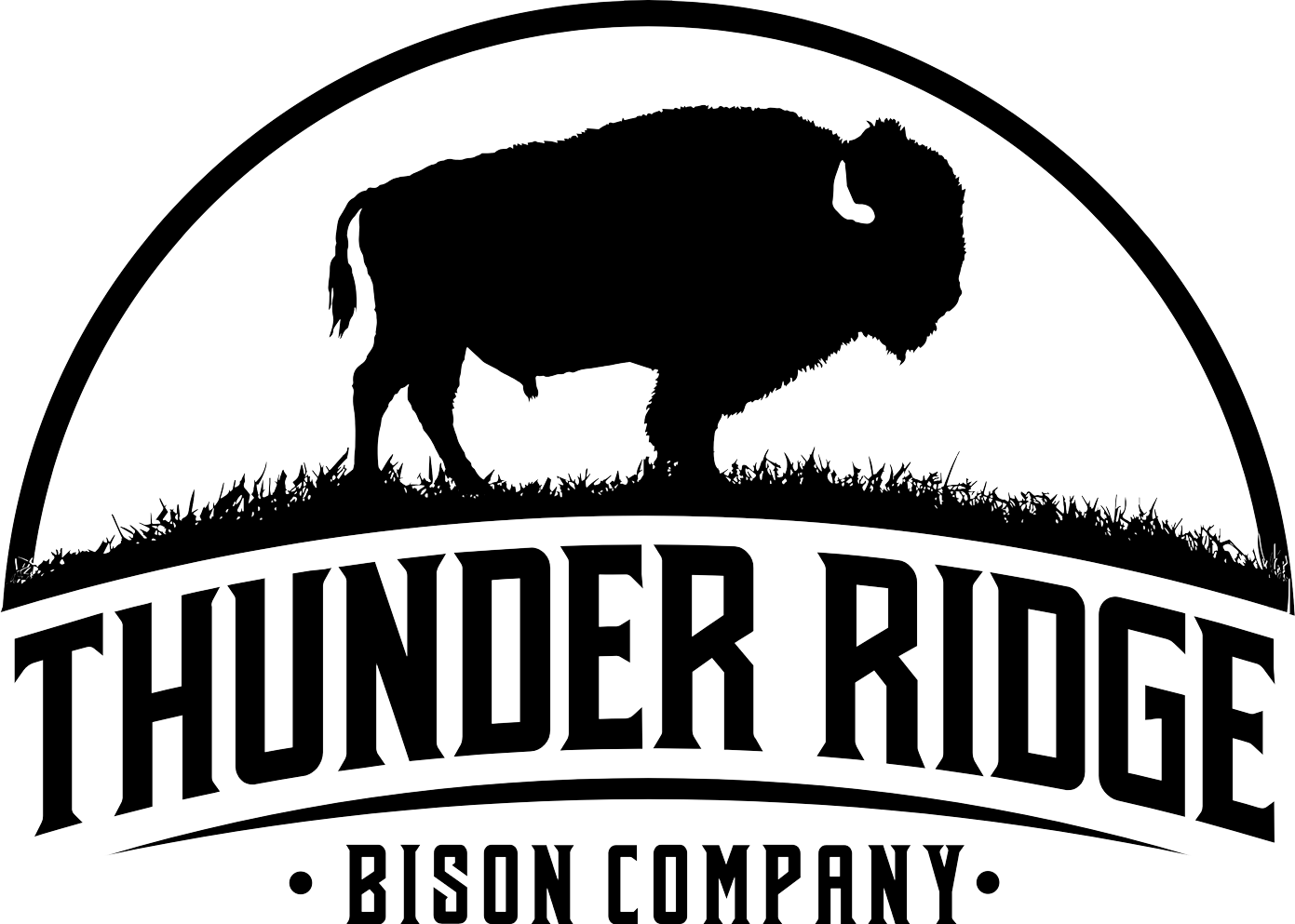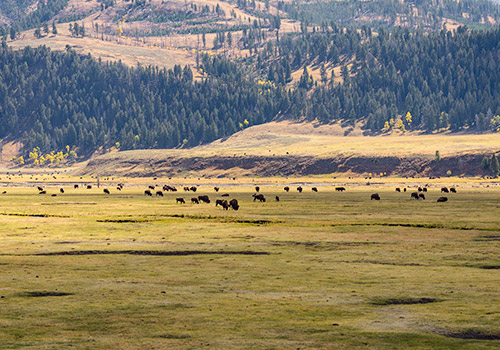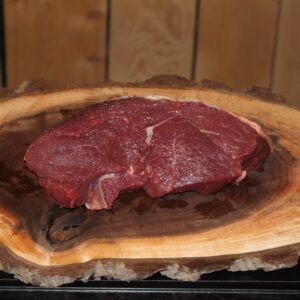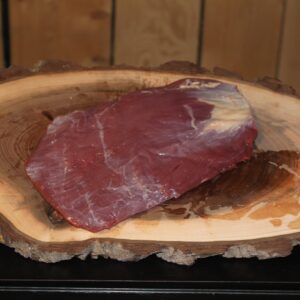For over 100 years Ranchers and Conservationists have been working to ensure the survival of the Bison species in Canada and the United States through Bison farming and other conservation efforts.

Bison Hunting In the Past
Since the ice age, the Plains Bison has adapted well to our grassy plains. It was an abundant and sustainable survival source for the Aboriginal people, providing them with food, shelter, tools and fuel for thousands of years. When European settlers arrived, both the habitat and numbers of Bison were diminished. Ranchers and conservationists worked to prevent the loss of the Plains Bison, gradually balancing the equation again.
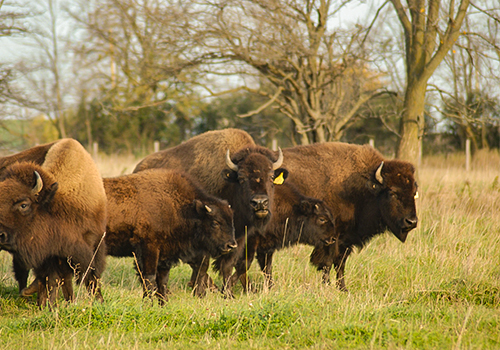
Sustainable Agriculture
The shift from grain-based agriculture to sustainable Bison farming is an intuitive one. Ranching reduces farm costs and it’s good for the environment.
A farm that successfully makes the shift to raising Bison becomes sustainable by reducing its consumption of non-renewable fossil fuels, preventing soil erosion and eliminating the need for chemical pesticides associated with grain-based agriculture.
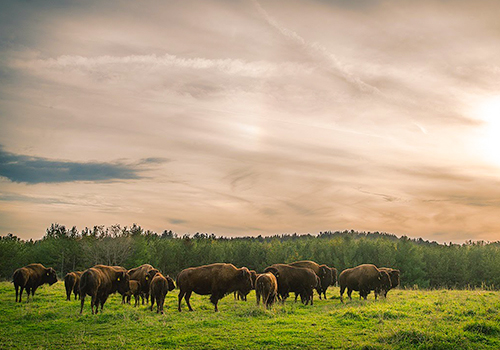 Conservation Starts With Us
Conservation Starts With Us
The reintroduction of Bison to the Canadian plains was only possible thanks to the conservation efforts undertaken by people like us.
By the turn of the 20th century, there were virtually no Plains Bison left on the Canadian prairies. Today there are over 150,000 bison on Canadian farms, ranches and public lands.
The Future of Bison
Bison production associations are developing strategies to sustain Bison conservation into the future. They are looking into our modern way of living with highway traffic, agricultural crops and concerns with natural predators that no longer hunt and naturally cull the herds.
Canada’s Bison producers see a future with large and thriving Bison population forming a key component of a sustainable agriculture industry.
